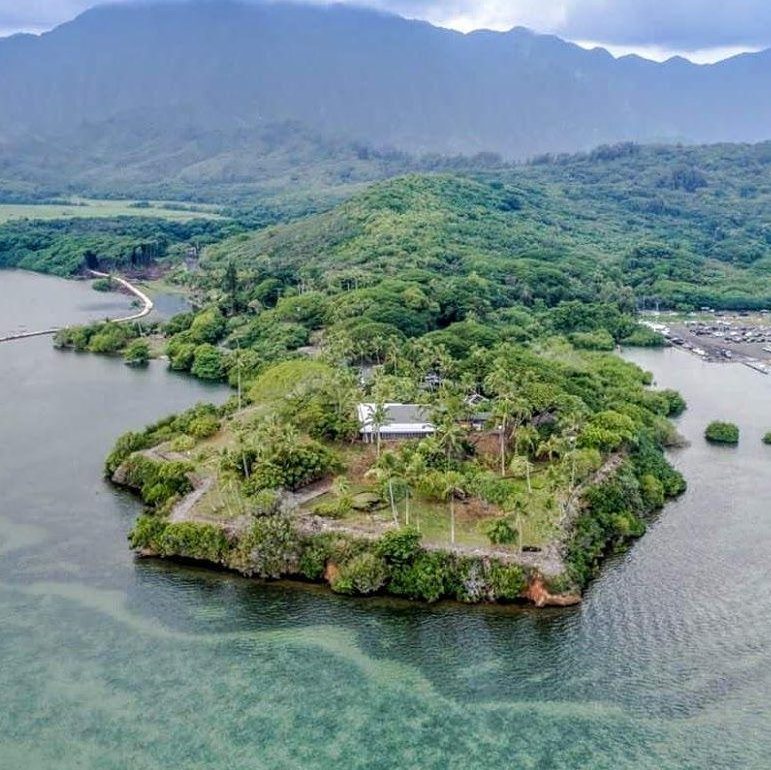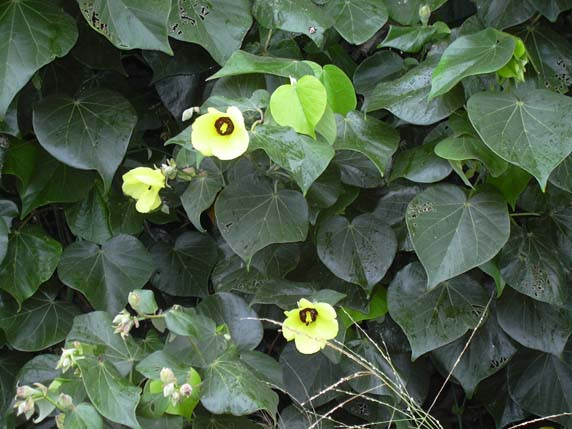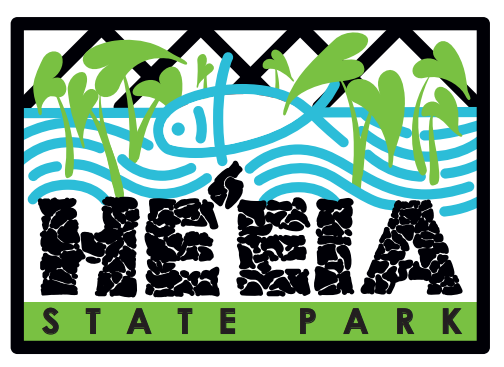Culture & Environment
Site Significance of Our State Park
The elevated peninsula where the park is situated was once known as Keʻalohi. The ahupuaʻa of Heʻeia and its sources of foods, such as the sea pond of Heʻeia, the large multitudes of Kalimuloa and Keʻalohi, the reef of Malaukaʻa where octopus are found, the traveling uhu and ohua fishes, and the wooden bowls of Mokapu, belonged to Mauikiʻikiʻi. Mauikiʻikiʻi was the son of Maui and Hina; he was involved with his brothers in getting fire from the mudhen. Keʻalohi Point is also a very culturally significant place. Neighboring an ancient Heʻeia Fishpond, the peninsula's distinctness had it regarded as a 'leaping point' in Hawaiian culture. A leaping point is a sacred place where the souls of the departed were believed to leap from this earth and reunite with their ancestors. |  |
Heʻeia: The Story Behind the Name
The literal meaning of Heʻeia is "washed out to sea." The origin of this name comes from the story of Haumea and her hanai (adopted) son, Heʻeia. The story goes as so: The goddess Haumea moved to Palikū, now known as Kualoa. She went to the demigod, Olopana, to request to raise his grandson. When granted permission to do so, she named him Heʻeia, to commemorate the event when they had been washed out to sea. The place adjoining Kāneʻohe was named from him.
The handsome Heʻeia fell in love with Kaʻōhelo, a younger sister of goddesses Pele and Hi'iaka. They met in Koʻolau on Oʻahu. When Kaʻōhelo died, parts of her body were distributed among the volcano areas of the islands and became the ʻōhelo plant, the fruit of which is sacred to Pele.
Kaʻōhelo's spirit formed a marriage with the spirit of the handsome Heʻeia on Oʻahu. The little hills about the ahupuaʻa of Heʻeia were formed by Kaʻōhelo from the body of Malulani, the third sister, who hung herself out of grief for her dead sister, Kaʻōhelo.
These legends, passed down through generations, are just a few examples of what makes Heʻeia State Park a sacred and historical place.
Cultural Plants
| Heʻeia is home to a number of plant species, both indigenous and introduced to the Hawaiian islands. One of the plants found in the park, the hau (beach hibiscus) plant, is significant to the Hawaiian story of the akua moʻo. | Plants of the Park |
The Story of the Akua Moʻo

The caretaker of Keʻalohi and Heʻeia pond was Meheanu. She was the moʻo of the pond and had supernatural powers and could change herself into other forms, such as a lizard, but she was particularly fond of being an eel. Meheanu lived at Luamoʻo, a small land adjacent to the pond. Growing around Luamoʻo there were formerly many sheltering hau trees beneath which this moʻo lived. When the hau leaves were yellow*, then the people were certain of the presence of Meheanu, but when green, then she was more likely to be somewhere else in the form of an eel.
*The leaves of the hau turned yellow, it is said, because of the urine of the moʻo in the water.
Other Sites & Terms of Significance
|
|
